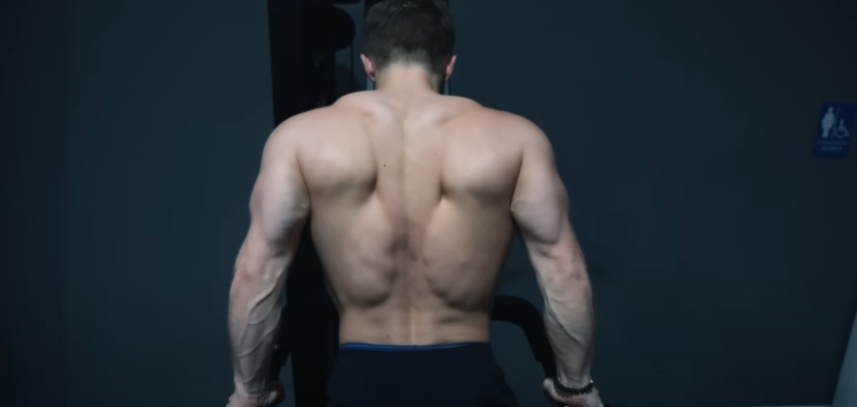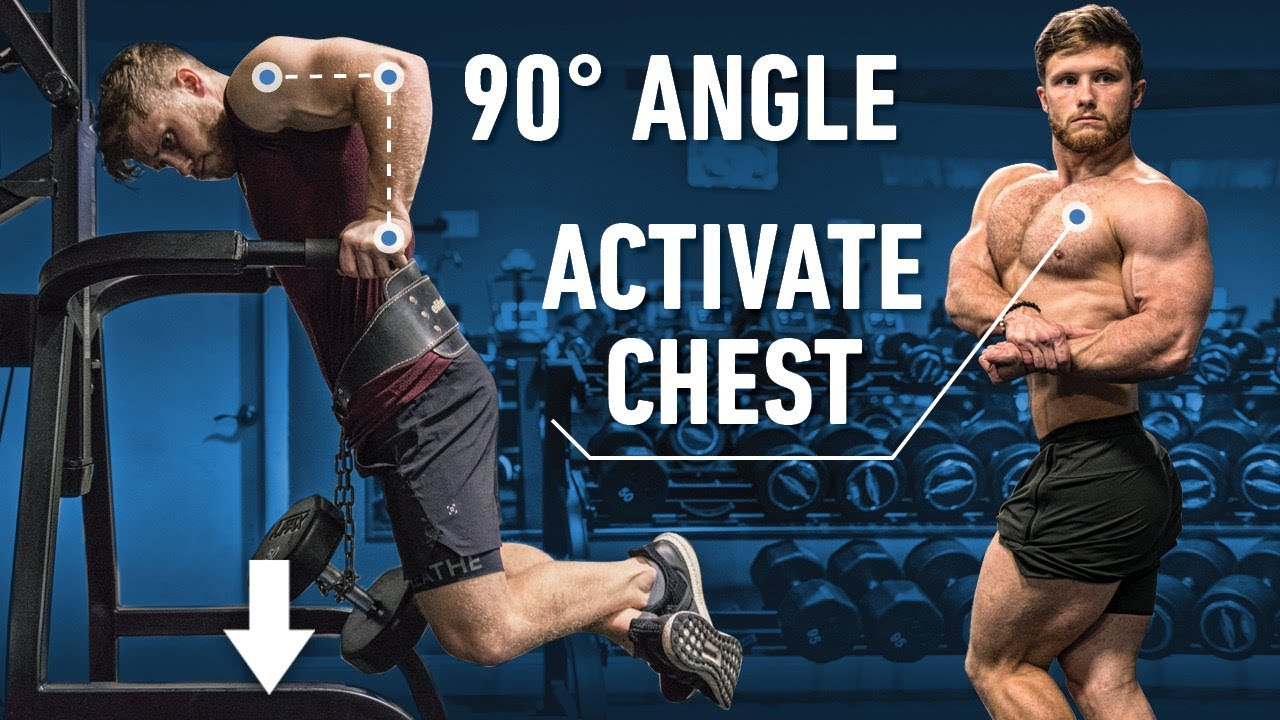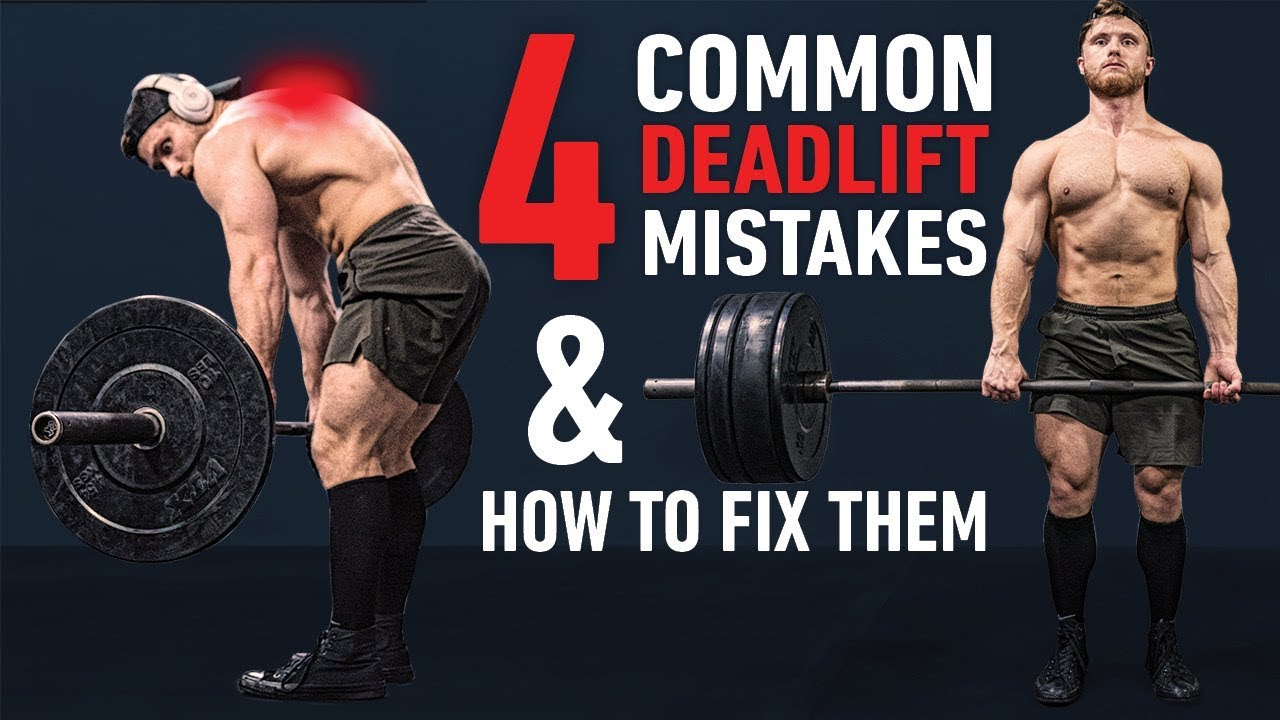The dip is one of the most effective compound movements for upper-body strength and muscle development. Often overlooked in favor of bench presses or push-ups, this exercise can build massive chest, triceps, and shoulder strength when performed with proper technique. However, doing it incorrectly can place unnecessary stress on your shoulders and limit its benefits.
This guide will explain which muscles the dip targets, why it’s an underrated mass-building movement, how to progress with it, and the exact form cues you need to maximize results while keeping your joints safe.

Muscles Worked During Dips
The dip is a multi-joint pushing exercise that heavily targets the chest, triceps, and front delts.
- Chest (Pectoralis Major – Upper and Lower Fibers): The chest works through two key motions: shoulder adduction (bringing your arm inward toward your torso) and shoulder flexion (raising your arm in front of you). While dips are famous for hammering the lower chest, they activate the entire pectoral muscle, including the upper fibers.
- Anterior Deltoids: The front shoulder muscles help stabilize and assist the pressing motion, particularly when you lean forward slightly.
- Triceps: The triceps extend the elbows, making them heavily involved during the lockout phase of the dip.
Interestingly, research from Dr. Bret Contreras in 2010 showed that weighted dips produced higher peak activation of the upper chest than even the incline bench press, while still being excellent for the lower pecs. This proves that dips are not just a “lower chest finisher”—they’re a complete chest builder.
Why Dips Are Great for Mass and Strength
Many lifters think of dips as a high-rep bodyweight finisher, but that’s a mistake. Because dips are a closed-chain, multi-joint movement, they respond exceptionally well to progressive overload. Instead of endless sets of 20–30 reps, most lifters will build more size and strength by adding weight and working in the 6–12 rep range—similar to how you train the bench press.
Once you can comfortably hit 12 clean bodyweight reps, start adding resistance with a dip belt or by holding a dumbbell between your legs. This makes dips a true “pressing strength” exercise rather than just an accessory movement.
Beginner Considerations and Progressions
If you’re new to dips or carrying extra bodyweight, your first priority should be mastering proper technique before pushing to failure. Poor form under heavy load can irritate your shoulders and even cause injuries.
For beginners:
- Use assisted dip machines or resistance bands to reduce the load.
- Focus on perfect form rather than chasing high reps.
- Gradually increase range of motion as your shoulders adapt.
Once you can perform 10–12 strict reps with bodyweight, you can progress to weighted dips.

How to Perform Dips with Perfect Form
Follow these steps to ensure you’re getting maximum muscle recruitment with minimum joint stress:
1. Setup
- Find parallel dip bars or a dip station.
- Grip the bars just outside shoulder-width.
- Support your body by locking out your elbows and keeping your legs bent behind you to avoid hitting the ground.
2. Shoulder Positioning (Critical for Safety)
- Slightly retract and depress your shoulder blades before starting. This creates a stable shoulder position, similar to how you set up for a bench press.
- Keep your chest slightly forward and your upper back extended. A completely upright torso shifts stress away from the chest and can aggravate the shoulders.
3. Descent (The Negative Phase)
- Lean forward slightly—think of your torso as angled about 15–30 degrees, not fully upright.
- Lower yourself under control for about two seconds.
- Keep your elbows tracking naturally, not flaring excessively outward.
- Stop when your upper arms are parallel to the floor or slightly below, depending on shoulder mobility. You should feel a deep stretch in the chest, not discomfort in the shoulders.
4. Pressing Up
- Without bouncing, drive your hands into the bars to press back up.
- Maintain the same torso angle throughout; don’t suddenly shift upright to “finish with triceps.”
- Lock out fully at the top while keeping your shoulder blades stable.
Common Mistakes to Avoid
Many lifters experience shoulder pain with dips, usually because of poor form. Here are the top errors and how to fix them:
❌ Anterior Scapular Tilt
Allowing your shoulders to roll forward places them in a vulnerable position. Always keep your shoulder blades pulled slightly back and down throughout the set.

❌ Staying Too Upright
A vertical torso limits chest involvement and puts more strain on the shoulders. A natural forward lean recruits the pecs better and feels more stable.
❌ Excessive Range of Motion
Going too deep can overstretch the shoulder joint. Stop once you reach a strong chest stretch or when your upper arms are parallel to the floor.
❌ Using Momentum (Knee Tipping)
Swinging your legs forward to help press up changes the movement into more of a hip-driven push. Keep your legs tucked behind you and your hips extended.
Dips vs. Other Chest Exercises
While dips are excellent, should they replace bench presses or push-ups? Not necessarily—they complement each other.
- Bench Press: Allows heavier progressive overload but doesn’t stretch the chest as deeply as dips.
- Push-Ups: Great for beginners and higher-rep endurance work but harder to progressively overload past a certain point.
- Machine Dips: Useful for beginners but won’t match the overall mass-building potential of free-weight dips.
If your goal is maximum chest and triceps development, dips should be a staple alongside presses.
Who Should Avoid Dips?
If you have a history of shoulder injuries or limited mobility, dips may not be the best choice initially. Start with push-ups, bench presses, or machine presses until your shoulder stability improves. Always listen to your body—mild pec and triceps fatigue is normal, but sharp shoulder pain is a warning sign.
The Bottom Line
The dip is one of the most effective upper-body pressing exercises you can do. When performed with proper technique, it builds the entire chest, strengthens the triceps, and develops the front delts, making it a must-have in any hypertrophy or strength program.
Start with bodyweight, focus on perfect form, and progress to weighted dips in the 6–12 rep range for the best muscle-building results. Respect your shoulder health, avoid excessive depth, and maintain a stable scapular position, and you’ll enjoy all the benefits this powerhouse movement has to offer.



